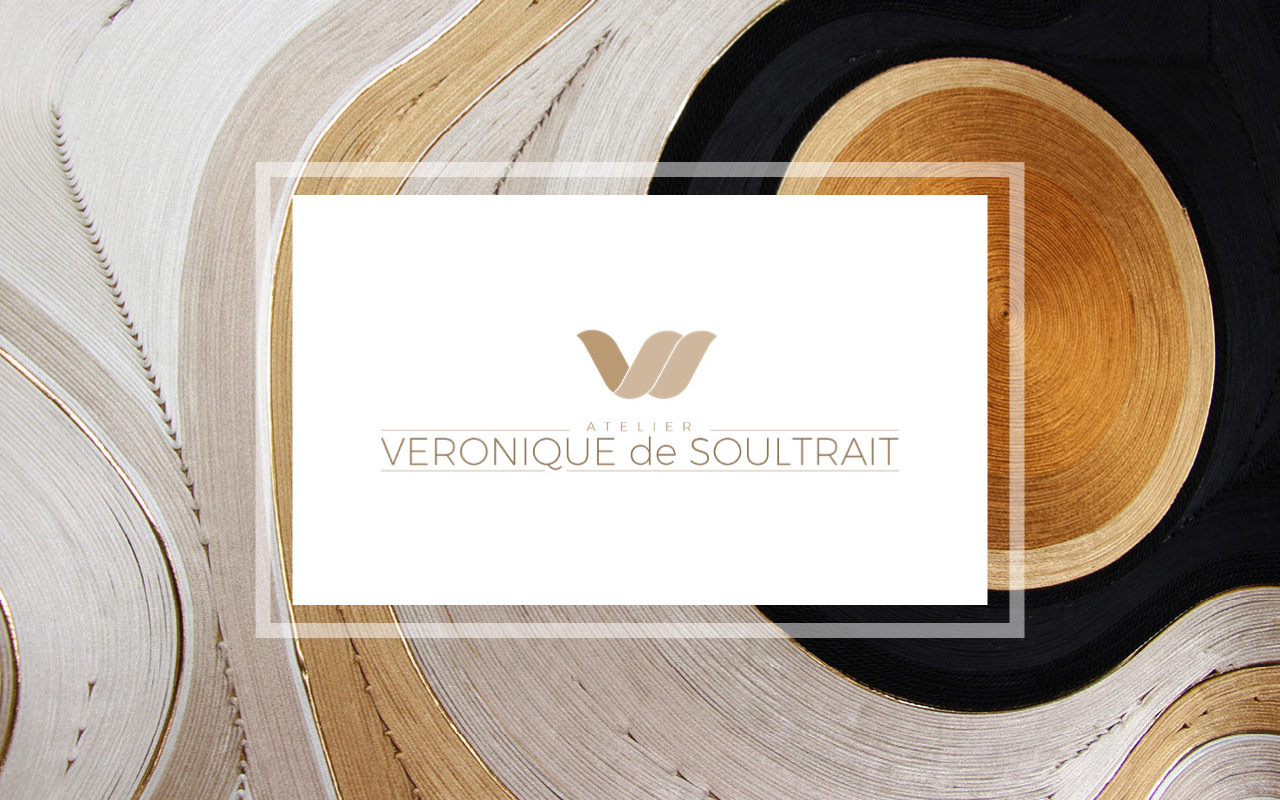The designer is surely pleased to work alongside a highly committed agent and to see her signature cross overseas, it is still within the walls of her studio that she feels most at ease: in this universe personalized by a special array of earthenware, notes from friends who care, and ceramics she found here and there; by “lots of ethnic stuff” brought back from trips, and abundant samples of cotton, hemp and abaca rope – all things that put a smile on her lips. While in a corner, pots are prepared to welcome home dyes in shades of green or blue, Véronique colors the atmosphere with ragas and other mantras, and a smell of incense bringing her back to an India, which, in her heart, holds a special area. This is where she “cocoons” her reflections and wild ideas, accepting that conception takes more time than fabrication.
Fixed on her large workbench and over her models, it is now a question of putting in order all that her unconscious found solutions to the day before; it falls to her to string together hours of creation, to link choices made through the dexterity which makes her art so meticulous, and the result such a pleasure: “At this very moment, I can’t dream of anything better.”

